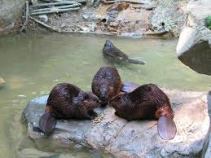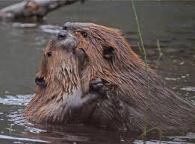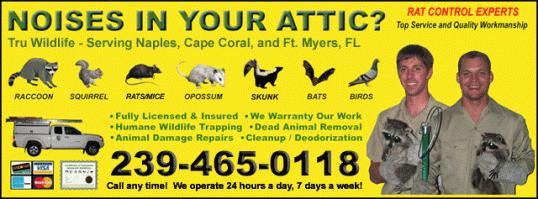Why do I have Coyotes in my Yard?
In the past decade, the run-ins between coyotes and people have grown exponentially. While there is very little aggression from coyotes towards humans, coyotes can cause a lot of problems for those living in rural areas or on the outskirts of town. The high rate of coyote spottings is not due to coyotes encroaching further into the cities, but its the other way around; humans are encroaching further into their territories. 
Woodland territories are being cut down daily which makes small game harder for predators like coyotes to find. They have also discovered that living near humans provides them with almost an unlimited amount of food and shelter, so who could blame them? Apart from the destruction of their natural habitat, coyotes are driven near humans because they are opportunistic scavengers. They love nothing more than small farms that have easy prey to eat like chickens, rodents and small pets. If you have a problem with coyotes in your yard, you probably have the type of things they like to eat.
Some other reasons you might have coyotes attracted to your property includes:
- Garbage cans that are easily accessible
- You have tall grasses, bushes or tress that makes it easier for them to hide
- You have abandoned buildings or easy access under your home for them to build their dens and have their litters
- You have small game or a large rodent population on your property (as talked about above)
- You feed them or they have access to your pet’s food
If you have a problem with coyotes and want to get rid of them, you must check with your state’s regulations before you attempt to trap them or kill them. There are also strict regulations about how to dispose of the body or where you can relocate them. The best way to get rid of coyotes is to take away any or all of the things that attract them. You can also build a fence around your property, but that is pricey and unnecessary if you haven’t tried to get rid of them using the methods above.
If you would like to learn more about coyotes and how to get rid of them, check out my website http://www.howtogetridofcoyote.com



